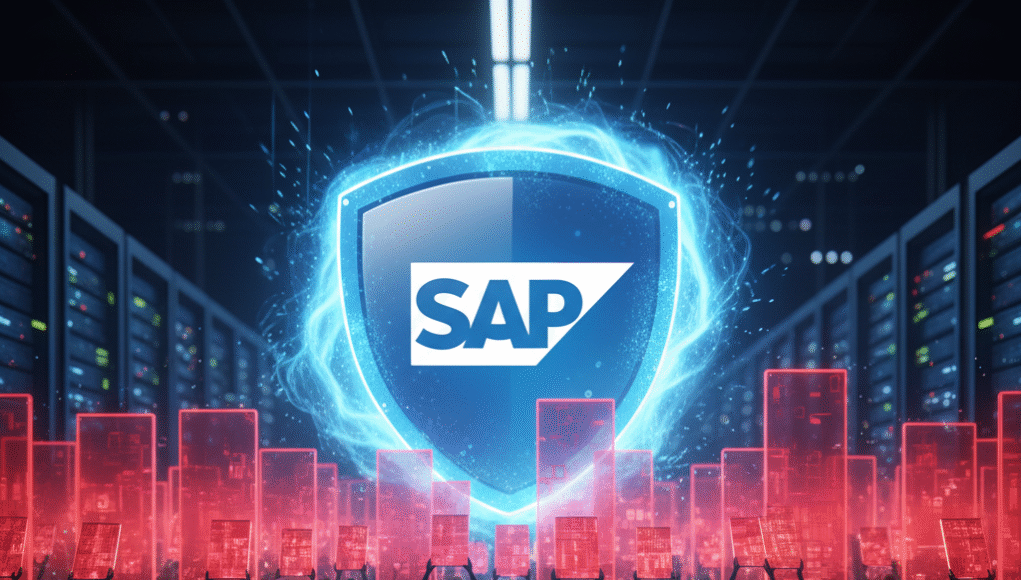The Customer Resistance Movement
SAP’s push to migrate on-premise ERP systems to cloud-based S/4HANA subscriptions has triggered unprecedented resistance from its global customer community. Commissioned by Rimini Street and conducted with 455 SAP customers worldwide, a comprehensive study exposes deep fractures in vendor-customer relationships and reveals that organizational leaders are actively exploring alternatives to SAP’s bundled cloud offerings.
The Confusion Crisis: A Communication Breakdown
The research uncovered a staggering disconnect between SAP’s messaging and customer comprehension. Nearly all surveyed organizations lack clarity on migration timelines, compliance requirements, and total cost of ownership under the new cloud model, creating uncertainty that extends across finance, IT, and executive leadership teams.
Key Survey Findings
The Business Model Shift
The transition from perpetual licenses to subscription-based models represents a fundamental business model change that affects long-term budgeting, financial planning, and IT strategy across organizations.
The Composable ERP Alternative
As frustration with SAP’s cloud mandate grows, organizations are increasingly adopting composable ERP strategies that provide greater flexibility, control, and innovation capabilities.
Why Composable Architecture Works
Open Architecture Implementation
Organizations deploying loosely coupled third-party solutions alongside core ERP systems report above-average operational performance 83% of the time, compared to just 27% under traditional SAP-led deployment models.
Innovation Acceleration
Composable strategies enable rapid integration of emerging technologies—particularly AI and advanced analytics—without waiting for SAP’s product roadmap cycles or requiring wholesale system replacements.
The Power Shift: Customers Regain Leverage
The research demonstrates that SAP’s dominant market position no longer guarantees customer loyalty. Organizations—particularly larger enterprises with significant bargaining power—are leveraging vendor competition to negotiate better terms, extend maintenance windows, or transition to alternative platforms. This represents a fundamental realignment in enterprise software markets where customer choice has historically been constrained.
Emerging Market Trends
Independent Support Market Growth
Organizations extending on-premise SAP system lifecycles drive demand for independent support providers offering more favorable terms than SAP’s official maintenance agreements. This emerging segment challenges SAP’s traditional service revenue model.
Multi-Vendor Strategies
Enterprises are increasingly evaluating alternative ERP platforms from competitors like Oracle, Microsoft, and Workday, using competitive proposals to negotiate better terms with SAP or facilitate complete platform transitions.
Root Cause: Investor Priorities Over Customer Needs
Industry analysts attribute SAP’s customer alienation to conflicting priorities between investor expectations and customer needs. Rapid subscription revenue growth targets have driven aggressive pricing and migration mandates that prioritize short-term financial metrics over long-term customer satisfaction and retention.
Expert Analysis
Scott Hays, senior director of product marketing at Rimini Street, emphasizes that SAP leadership’s focus on investor relations has overshadowed customer-centric policy design.
“SAP leadership appears to be focusing more on investors than on their customers. Policies, packages, and prices are confusing when they don’t make sense, are overly complex, or change frequently. This is a significant departure from the customer-first approach that built SAP’s market dominance.”
— Scott Hays, Senior Director of Product Marketing, Rimini Street
The Strategic Disconnect
The tension between SAP’s need to demonstrate subscription revenue growth to investors and customers’ desire for predictable costs and flexible migration timelines has created a fundamental misalignment that threatens long-term customer relationships.
What Organizations Should Do Next
Organizations facing SAP migration decisions should recognize that they possess more negotiating power and strategic options than previously understood. Evaluating alternative support models, designing composable architecture strategies, and engaging with competing vendors creates leverage for securing more favorable terms with SAP or transitioning to alternative platforms entirely.
Recommended Strategic Actions
Perform a total cost of ownership analysis comparing SAP’s S/4HANA migration path against composable ERP alternatives and extended on-premise support arrangements from third-party providers. Include hidden costs like retraining, customization loss, and integration complexity.
Explore independent support options that extend system lifecycles without forcing migration, enabling organizations to maintain current systems while building business cases for strategic transitions on their own timeline.
Investigate multi-vendor composable architectures that integrate specialized solutions for emerging capabilities like AI, analytics, and supply chain optimization while preserving existing ERP investments and avoiding vendor lock-in.
Request proposals from alternative ERP vendors to understand market options and create negotiating leverage with SAP for better pricing, terms, or extended timelines.
Ensure finance, IT, and executive leadership teams understand the full implications of migration decisions, including long-term cost impacts, operational risks, and strategic alternatives.
The Broader Implications for Enterprise Software
A Watershed Moment
This customer revolt represents more than dissatisfaction with a single vendor’s policies—it signals a fundamental shift in enterprise software power dynamics. For decades, large ERP vendors like SAP maintained control through high switching costs, deep system integration, and limited alternatives.
The New Enterprise Software Landscape
- Customer Empowerment: Organizations now have viable alternatives through composable architectures and independent support providers
- Innovation Flexibility: Modular approaches enable faster adoption of emerging technologies without vendor roadmap dependencies
- Cost Predictability: Alternative models offer more transparent and controllable pricing structures
- Strategic Control: Enterprises regain decision-making authority over technology timelines and investment priorities
Key Takeaways
SAP’s aggressive cloud migration mandate has backfired, creating widespread customer confusion and resistance that threatens its traditionally strong market position. The research reveals a critical disconnect between SAP’s investor-focused strategy and customer needs, with 83% of users confused about migration policies and 92% concerned about unpredictable pricing. This has accelerated adoption of composable ERP architectures, which deliver superior operational performance (83% success rate vs. 27% for traditional SAP deployments) and enable faster innovation without vendor lock-in. Organizations now possess significant leverage through alternative support providers, competing vendors, and flexible architectural approaches. The crisis represents a watershed moment in enterprise software, shifting power from dominant vendors to customers who demand transparency, predictability, and control over their technology roadmaps. For SAP, the path forward requires prioritizing customer relationships over short-term subscription revenue targets, or risk continued customer defection to more flexible alternatives.


